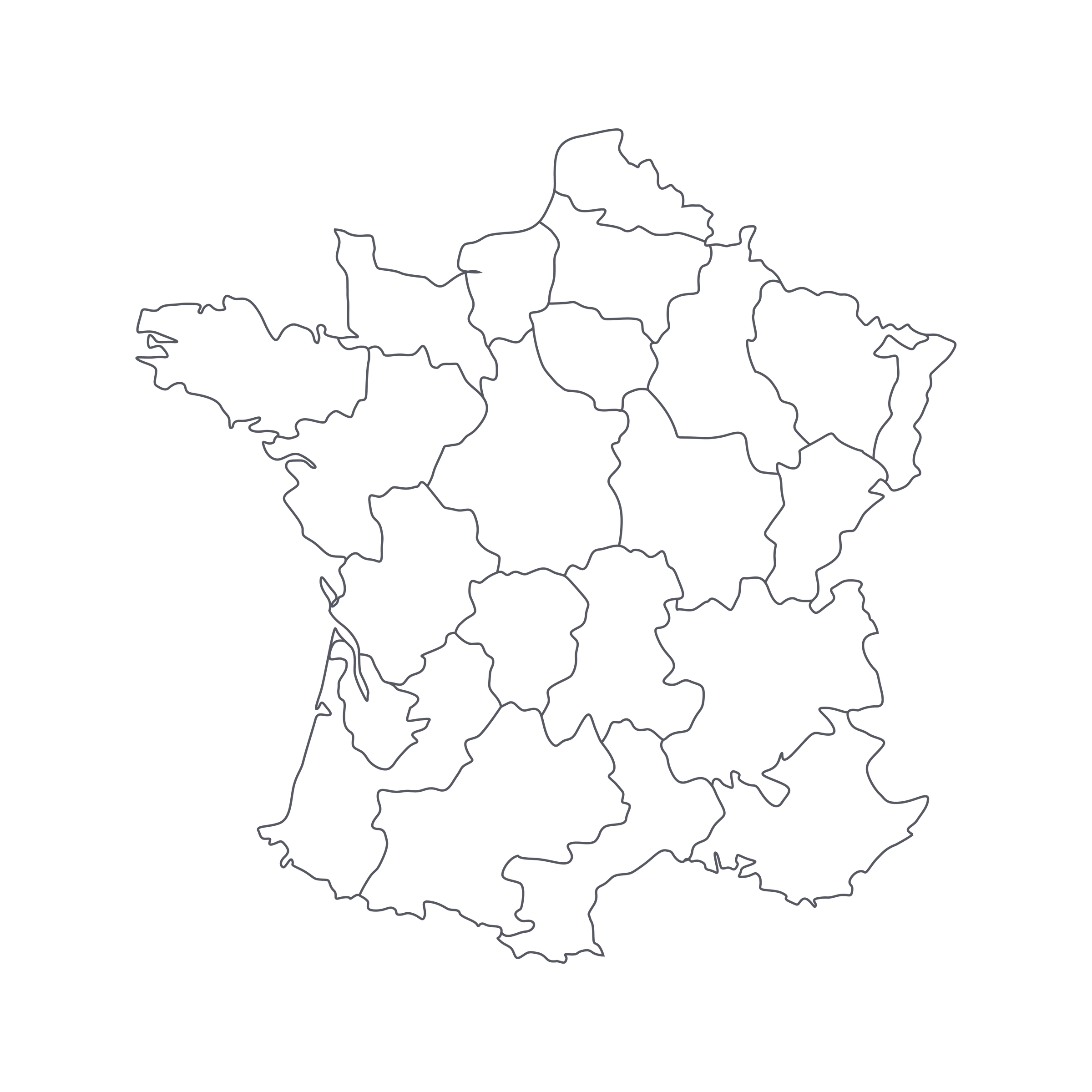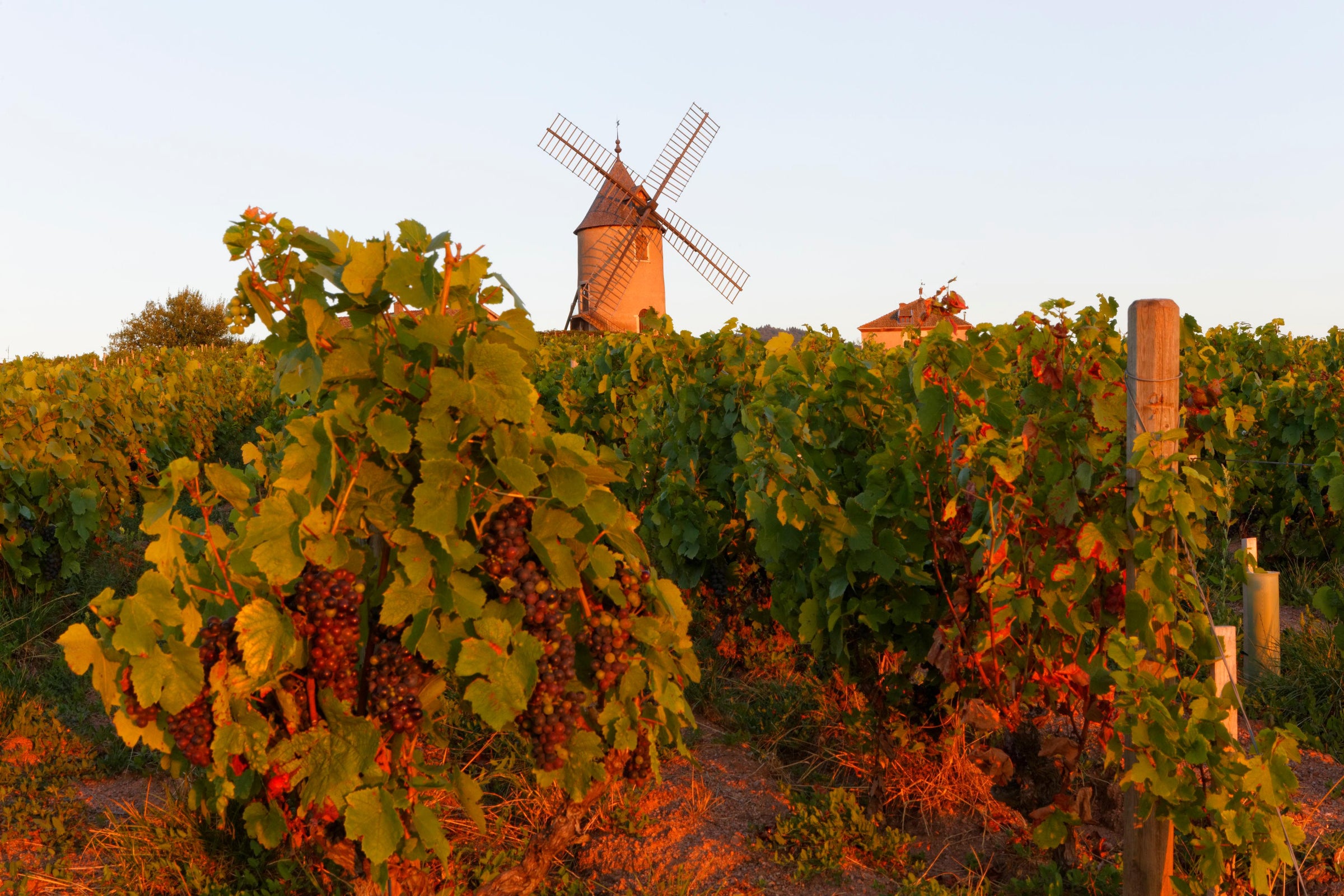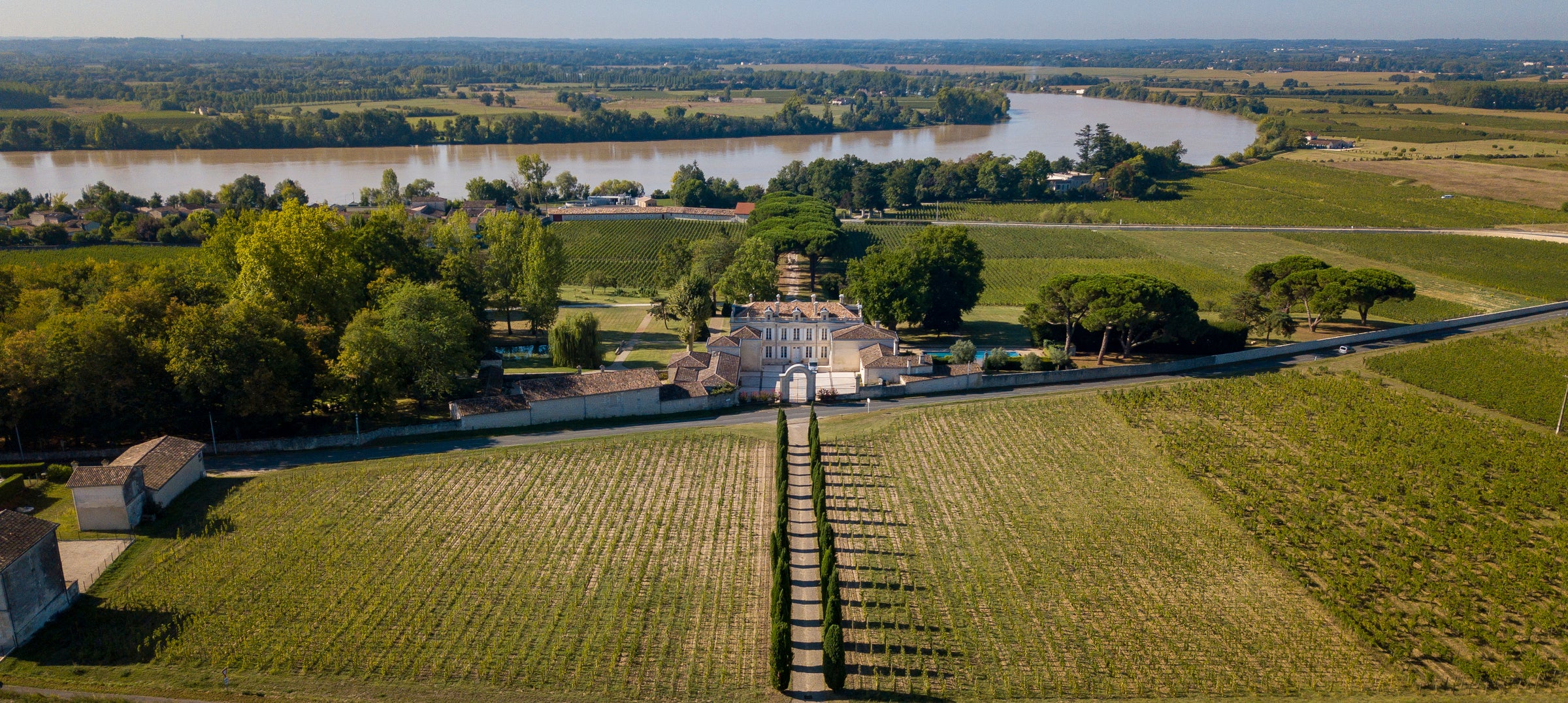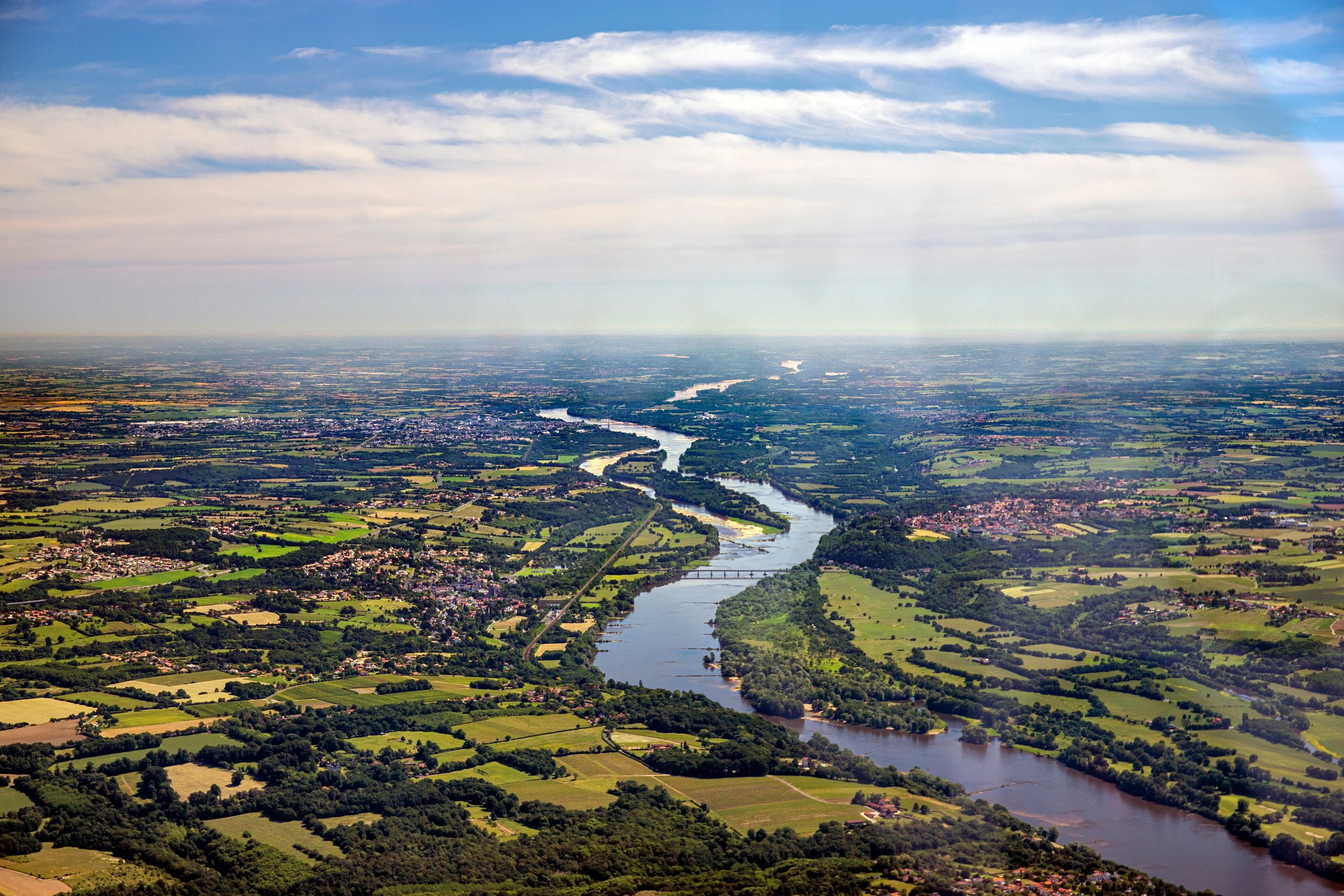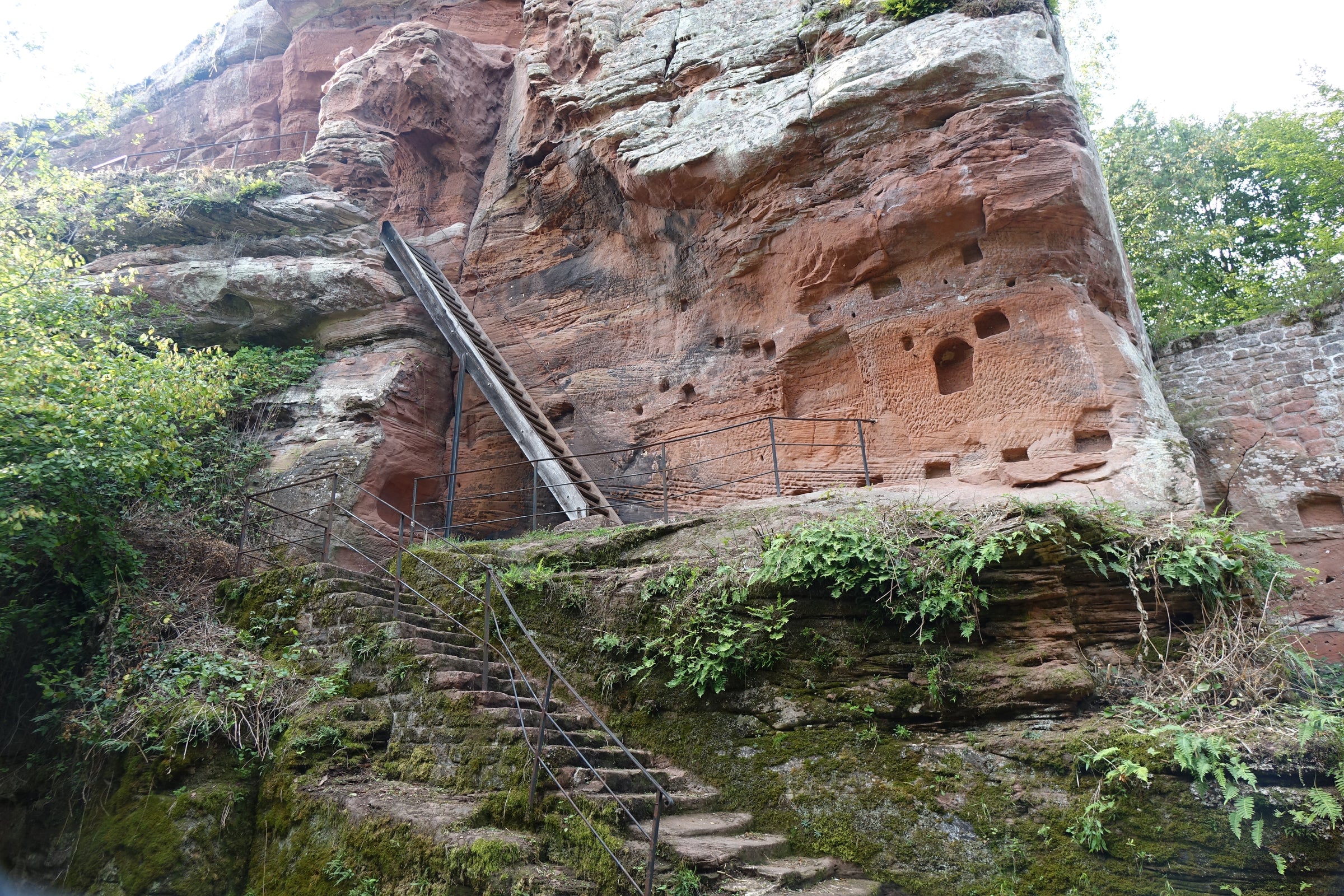My guess is that the marketing bigwigs of Champagne are gearing up to picket in front of small grower-producers like Pascal Ponson because their impossibly valued lineup is disintegrating the price-to-quality scale.
It’s become an accepted practice to shell out $60+ for a Champagne House’s entry-level cuvée—and that’s before bringing Premier and Grand Crus into the mix, let alone rosés! With today’s offer, the Ponson family looks at that and scoffs: Their “Rosé des Gentes Dames” is entirely sourced from Premier Cru villages, vinified in barrel, and aged several years in bottle before a quiet public release at a price that shatters the sky-high norm. In fact, the Ponson family reigns supreme when it comes to Premier Crus because every single vine they own holds a treasured Premier Cru status. We fervently seek out the wines of Pascal Ponson whenever they do land in America, but today marks our very first opportunity to showcase their “Rosé des Gentes Dames.” Despite the low quantities, we couldn’t be more thrilled to offer this value-busting gem: 1er Cru rosé Champagne doesn’t get more delicious and affordable than this, so take it while you still can!
Despite Champagne being known for its chalky soils, there are many other additions—sand, clay, and limestone—in the Petite Montagne, a north-south stretch of land where Meunier reigns supreme. With this diversity of soil, grower-producer Pascal Ponson has created five generations of delectable, world-class, Meunier-based Champagne at a seriously low price. The amount of study and care they’ve put into Meunier has not gone unnoticed, either—it’s time to shine has come! This versatile grape has entered its very own renaissance and, like Ponson and some other contemporaries around Champagne (e.g. Egly-Ouriet, Bérêche, Jérôme Prévost, Christophe Mignon), growing excitement has launched it onto the world stage.
Currently, Camille and Maxime Ponson are in charge and they are passionate about (1) crafting Champagnes that compete with the greats of Petite Montagne and (2) retaining their “grower mentality.” Being a grower-producer, Champagne Pascal Ponson handles every aspect of their production from soil to bottle. Using only Premier Cru fruit from Petite Montagne villages, Ponson’s “Rosé des Gentes Dames” contains a heavy proportion of Meunier with small, equal amounts of Pinot Noir and Chardonnay. After fermentation in neutral barrels and a minimum three years of aging on its lees, each bottle received a dosage of just over nine grams and 15% still red wine, vinified by them, to achieve that beautiful deep salmon color.
In the glass, a frothy head quickly dissipates, revealing a vibrant salmon-pink core and silver reflections. Rivulets of carbonation zip towards the surface and burst outward, which seems to streamline the wine’s perfect aromas. With generously ripe fruits and refreshing notes that recall the purities of nature, “Rosé des Gentes Dames” will make you wonder if they got the price wrong. For $42, you can’t wring out any more value from a stunning bottle of Premier Cru Champagne rosé. Expect ultra-fresh notes of pomegranate, raspberry, red currant, Rainier cherries, citrus zest, tangerine peel, plum blossoms, crushed chalk, river stones, and slight herbal accents to emerge in various constructions with each supplely built layer. Its immense level of freshness and intricately woven textures will provide a breathtaking experience for anyone who has ever enjoyed a stellar bottle of Champagne. Serve chilled, around 50 degrees, and either enjoy by itself or with a lineup of cheeses and/or other small bites—I’ve attached one recipe to help get you started. Cheers!


